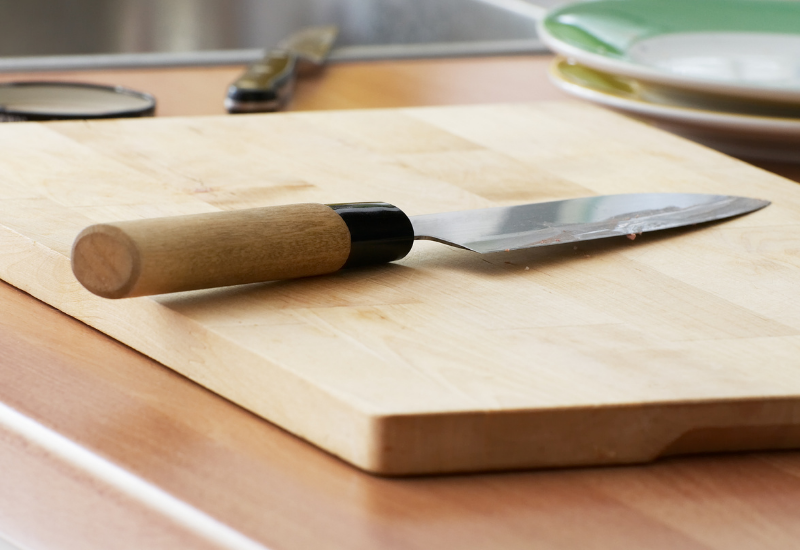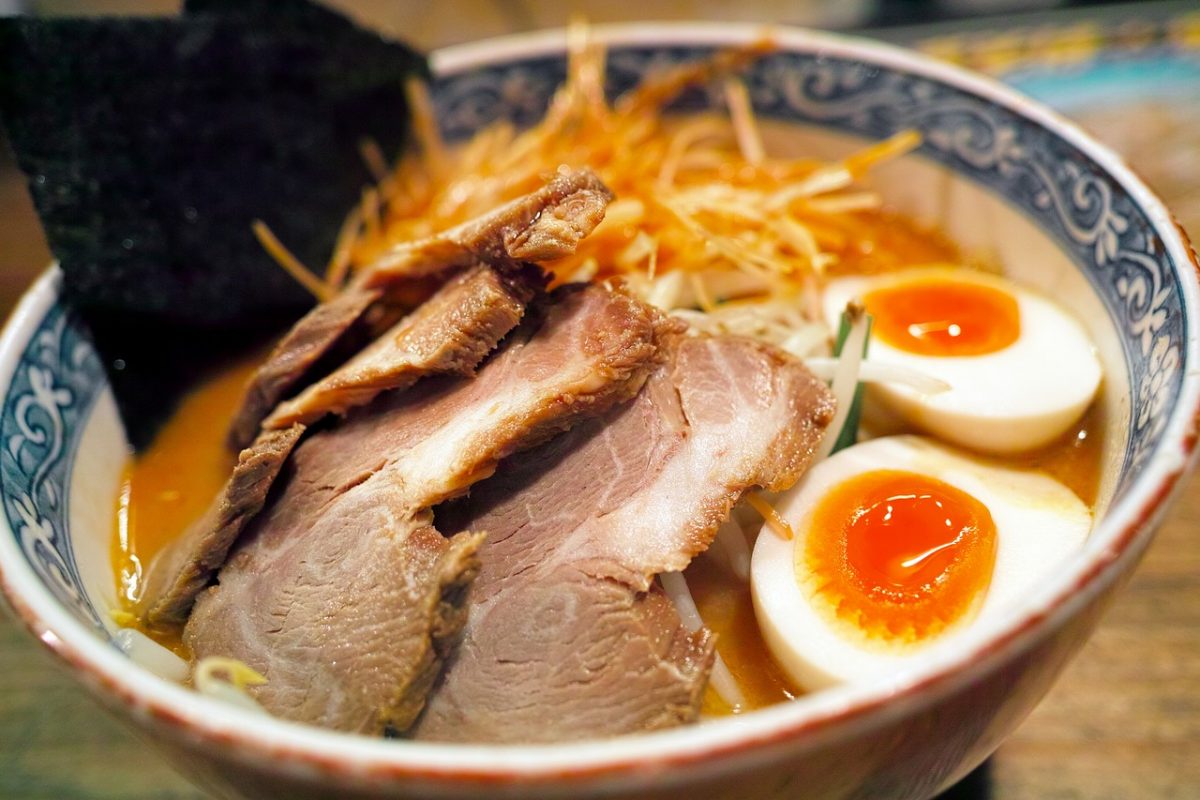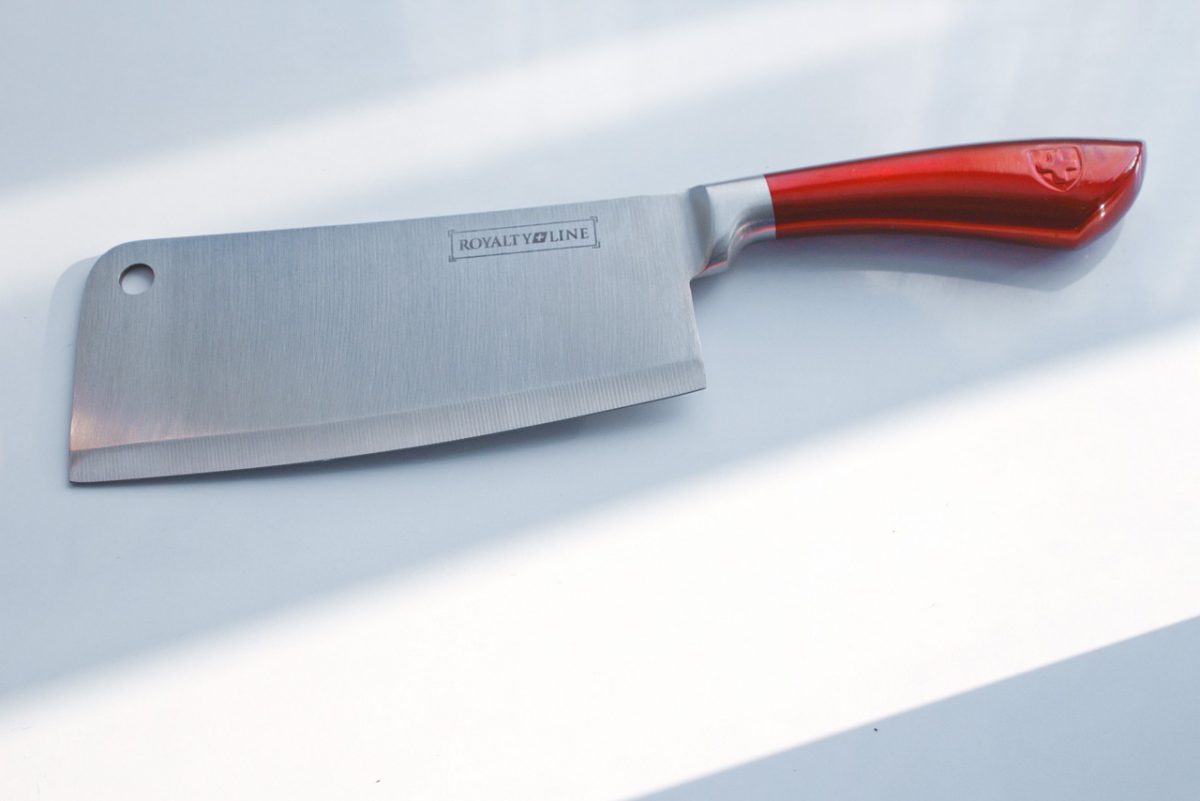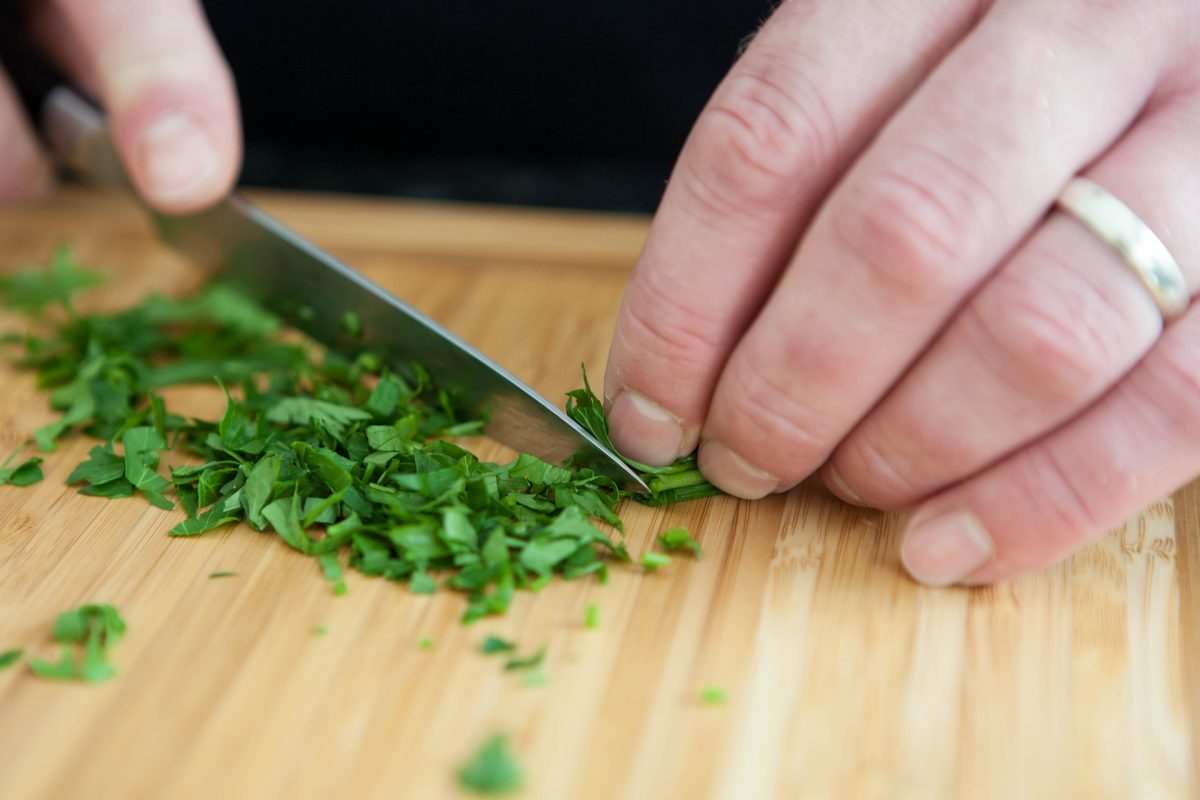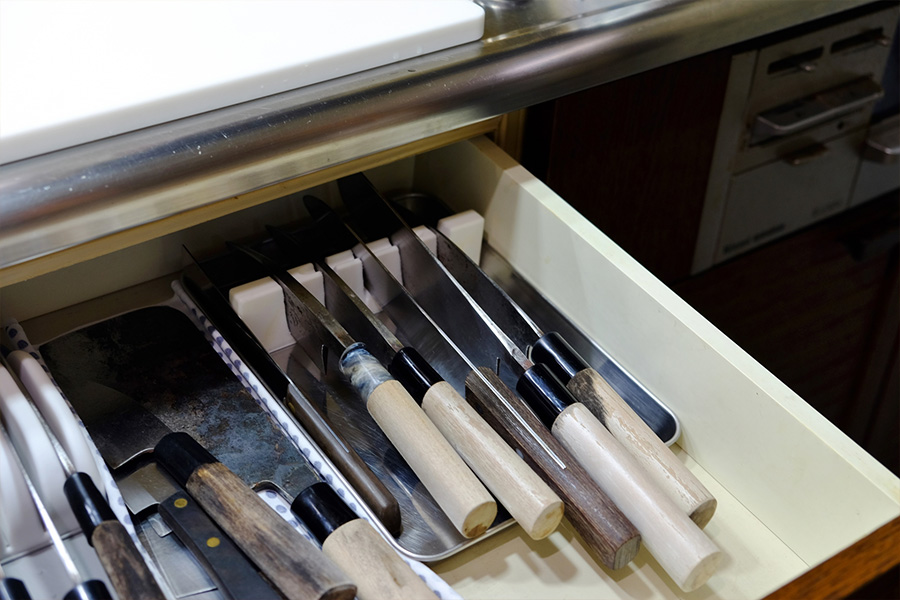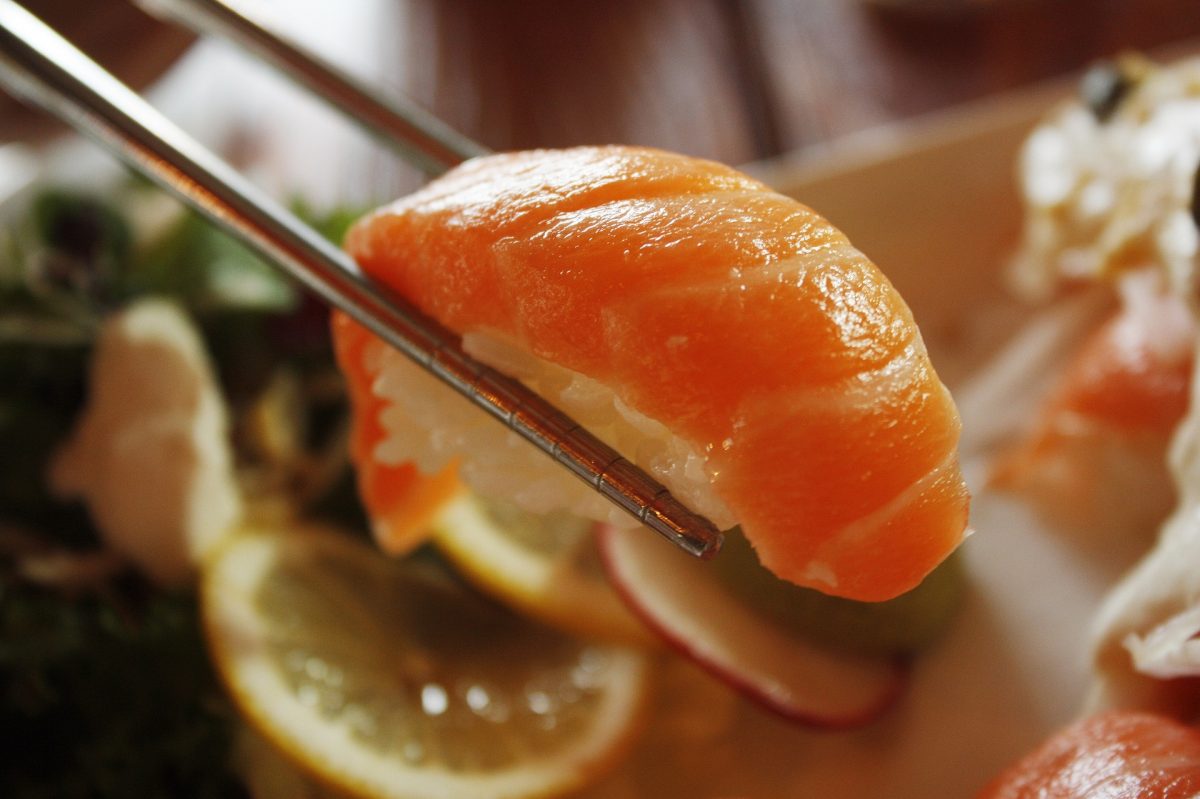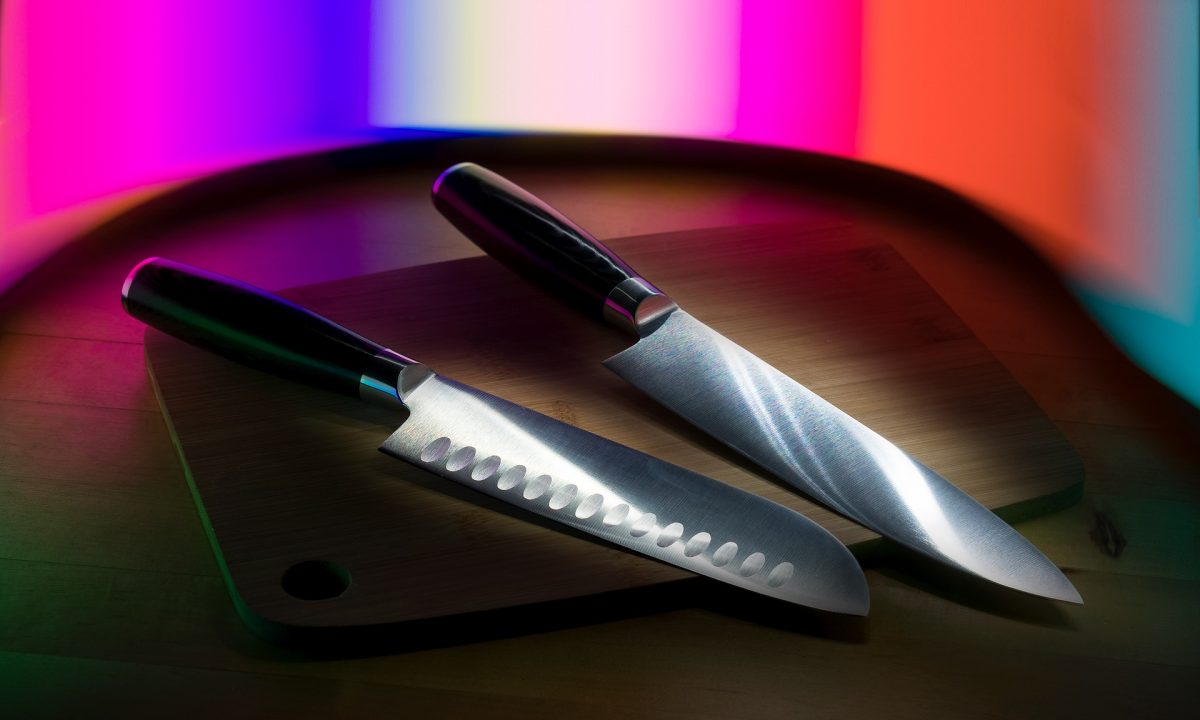Yes, Japanese cuisine has played an important role in the domination of almost the entire world population. Japanese food is found everywhere on planet Earth – there is no deny to this fact as Sushi, Sashimi, Ramen, Tempura, and Miso soup are to be found in almost every part of the globe. Apart from the original flavors of the chewy-textured Ramen noodles, the crispy flour that covers the fresh, deep-fried prawn Tempura, Sushi and Sashimi remains the ‘number one’ most-loved Japanese cuisine that won the hearts and the thumbs up from diners worldwide. The fast-growing phenomenon has made the traditional, authentic styled sushi the top of the charts. Mouth-watering textures of raw ingredients like Salmon, Tuna, and Saba topped on professionally cooked Japanese rice mixed with the unique recipe of blending in the tastes of vinegar, salt, and sugar has made Sashimi the most wanted dish in the West.
With this reason, not only Japanese locals and chefs learn to make sushi – the beauty of Japanese cuisine and the crafting of subtle dishes have lured the interests of foreigners and people from different parts of the world into the world of ‘Japanese food’. To taste the authentic, traditional flavors of raw ingredients along with the beautifully balanced elements, people would have to visit fine dining places, luxurious Japanese restaurants, and Omakase restaurants – places that offer specialized tasting menus. However, if you’re on a tight budget, that doesn’t always mean you would have to spend all the bucks and dimes, all the pennies earned to explore the rich, exotic tastes of Japanese food. You can enjoy the bliss, the happiness of crafting your very own Japanese dish at home. Sushi is the right starter for beginners and novice cooks. Now, to make good sushi, you will need hard practice – the techniques and skills which can be learned gradually with time and dedication. The passion to craft delicacies will also be required, along with the selection of fine ingredients and equipment.
Every sushi chef needs a blade. A perfect knife to master the skills required to swiftly chop the onions, cut thin slices of raw Salmon fish or Saba, and craft delicate pieces of Nigiri will need proper maintenance. A great multi-purpose knife or also called the ‘Gyuto knife’ will be a great start for beginners and novices. After purchasing a Gyuto knife of your own, it is only right to learn the quick tips and tricks you can make use of in order to properly care for your companion, the blade that will make you a true warrior.
Washing
Whether you bought a stainless steel core or a Chromium core knife, do not forget to thoroughly wash your knife every time after use. It is essential to always wash your knife with soaked cloth or dampened sponge, then dry it with a clean cloth. Letting your blade dry by itself in the air would make it rust – so never forget this.
Cutting or Opening
Although Japanese knives are out-of-the-box sharp – as in extremely sharp, do not use it to cut hard objects. Hard bones, frozen foods, and basically anything that would hurt your teeth so bad just by munching it would be a bad choice of material for the blade. Do not use your knife to open cans or hard objects either – this would simply make your blade brittle and would finally result in possible shatters and crushes. If you want longer lifespan for your Japanese knives, only use it for meat, veggies, fruits, and the ordinary ingredients you would chop, slice, or cut in food preparation – nothing bizarre.
Storing
To safely store your knife, avoid leaving it in a drawer full of other kinds of knives – that will only result in unwanted scratches from all directions. Get yourself a knife block or a custom-made knife holder that will keep your blade safe and secure.

